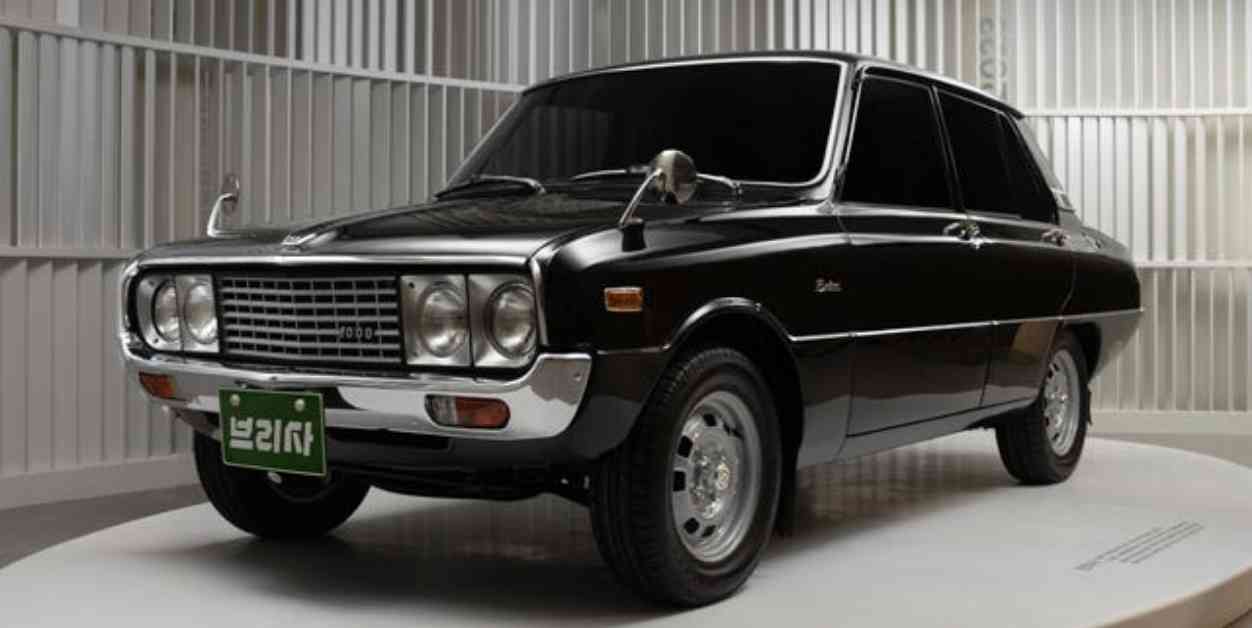Kia is known for its range of cutting-edge EVs, such as the recently launched EV3 subcompact crossover, making it stand out as a modern and innovative automotive brand. However, the company has a rich history that dates back 50 years, which many people outside of South Korea may not be aware of.
The Kia Brisa, a charming little sedan, holds a special place in Kia’s history as the company’s very first passenger car. Introduced in 1974, the Brisa was a significant milestone for Kia, showcasing its heritage. Along with the T-600 three-wheeled pickup truck, the Brisa was proudly displayed in Gangnam, Seoul, highlighting the brand’s roots.
Kia’s journey began in 1944 as Kyungsung Precision Industry, initially focusing on bicycles before transitioning into manufacturing bicycles. The company later changed its name to Kia Industries in 1952, marking the beginning of its evolution into an automotive manufacturer. In a time of postwar recovery, bicycles played a crucial role in getting Korea moving again, paving the way for the production of motorcycles and three-wheeled pickups.
The Brisa, based on the Familia sedan from Mazda, was a pivotal moment in Korea’s automotive history. While it wasn’t a high-performance vehicle, its fuel efficiency and reliability made it a popular choice, especially during the fuel crises of the 1970s. The Brisa’s presence on the streets of Seoul during the 1970s and 1980s solidified its status as a cultural icon and even earned a spot in the Oscar-nominated film “A Taxi Driver.”
The film portrayed a real event where Brisa taxis rallied in support of pro-democracy protesters during a tumultuous time in South Korean history. The bravery displayed by the taxi drivers in the face of a repressive regime became a symbol of resistance against authoritarian rule. This pivotal moment in Korean history, along with the Brisa’s role in it, resonated with audiences and highlighted the car’s significance beyond its utilitarian function.
Despite facing challenges, Kia’s production of passenger cars resumed in the late 1980s, eventually leading to its entry into the U.S. market in 1993. Over the years, Kia expanded its global presence, reaching milestones such as exporting its five millionth vehicle in 2005 and selling over three million cars worldwide in a single year.
The story of Kia is not just about vehicles; it’s a narrative of resilience, evolution, and a commitment to innovation. From humble beginnings as a bicycle manufacturer to becoming a global automotive powerhouse, Kia’s journey is a testament to the brand’s enduring legacy and its contributions to the automotive industry. As Kia continues to push boundaries with its modern lineup of vehicles, it remains rooted in a vibrant history that reflects the spirit of progress and transformation.










